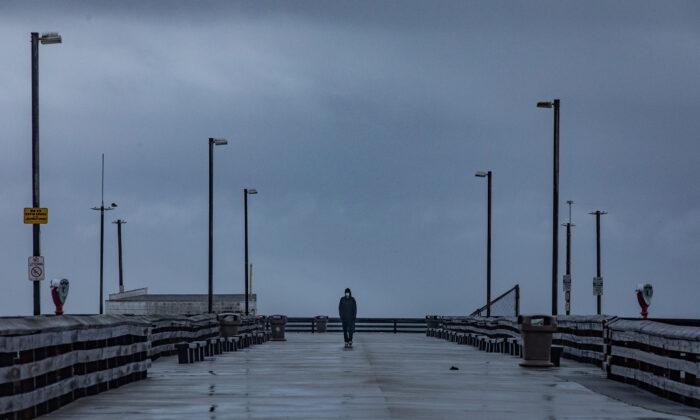California, which has been reeling under the grip of drought, has received respite due to the multiple storms that hit the state and elsewhere in the past weeks, helping it deal with drought conditions in several regions and filling up many of the smaller reservoirs.
In just a single week, the portion of the state facing D3 conditions declined from 27.1 percent to 0.32 percent. Regions classified as facing severe drought, D2, fell from 71.14 percent to 46 percent during this period.
Filling Up Reservoirs
The heavy rains have resulted in small reservoirs getting filled in several communities across California. In, for example, the Marin Municipal Water District, in the north of the state, all seven reservoirs recently hit 100 percent capacity.Four of the 10 reservoirs owned by the Santa Clara Valley Water District are also full. Seven reservoirs run by the East Bay Municipal Utility District are 84 percent full. However, the largest reservoirs are not yet full, officials warn, because drought conditions in the state are not yet over.
The Oroville reservoir up north in Butte County, the second-largest reservoir in California, is only 49 percent full, which is 90 percent of its historical average. Shasta Lake is only 44 percent full, which is 77 percent of its historical average.
“The sum of the state’s six largest reservoir stores increased from 5 million as of Nov. 30, 2022, to 7.3 million as of Jan. 10, 2023 (from 54 percent of long-term average to 74 percent of long-term average),” the National Drought Summary said.
Drought Conditions Elsewhere
A study published in the journal Nature last year found that the past 22 years have been the driest period in the American Southwest’s last 1,200 years. To completely get rid of drought conditions in the region, multiple seasons of precipitation at 120–200 percent of the normal levels are estimated to be needed.The current storm conditions are not, however, a guarantee that California’s drought conditions would end soon. In December 2021, the conditions were very wet, which raised hopes that the drought was ending. However, the months of January, February, and March ended up being the driest in California’s recorded history.
“It’s always great to be above average this early in the season, but we must be resilient and remember what happened last year. If January through March of 2023 turns out to be similar to last year, we would still end the water year in severe drought with only half of an average year’s snowpack,” he said.





